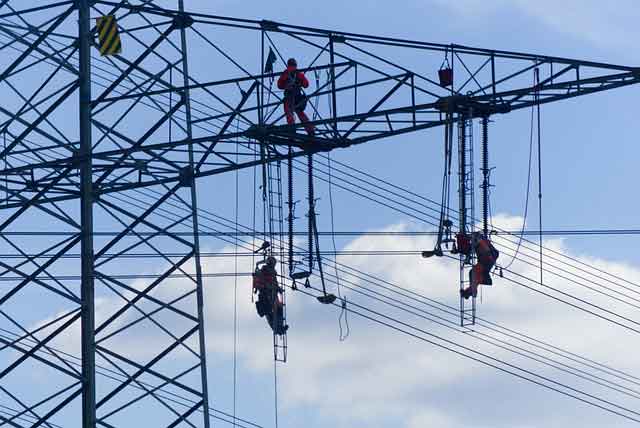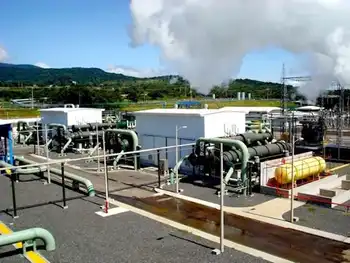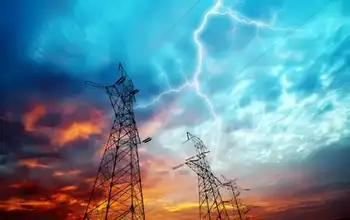Grids to hold for summer, power prices to spike
By Reuters
NFPA 70e Training
Our customized live online or in‑person group training can be delivered to your staff at your location.

- Live Online
- 6 hours Instructor-led
- Group Training Available
Power grids and local delivery systems handled the first major heat wave of the year in the Midwest and East Coast regions without major incident.
The heat was intense enough to cause the New York state grid to use more power than at any time last summer. Such high-demand marks are usually set in July or August.
Mainly because of rising natural gas prices, consumers can expect higher power bills - incrementally higher bills this summer and higher bills over the next year or two - as utilities that pay up for power this summer pass on the costs.
The U.S. electricity reliability watchdog, the North American Electric Reliability Corp (NERC), said power disruptions are not expected nationally.
In particular, NERC said that it will closely watch Southern California and parts of the Southeast that are prone to drought.
One analyst, Gordon Howard of Calyon Securities, adds the Rocky Mountains to that list of regions to watch for reliability issues.
The National Oceanic and Atmospheric Administration said overall the United States should be cooler than any summer since 2004 in terms of air-conditioning demand. That will keep down demand growth to 0.6 percent over last summer, a lower annual gain than in recent years, said analysts at the U.S. Energy Information Administration.
"Average U.S. residential electricity prices are expected to increase by about 3.7 percent in 2008," the EIA said in its short-term energy forecast.
During high summer demand, prices are seen spiking the most in the Midwest and the PJM region that stretches from the upper Midwest to the Mid-Atlantic, said Barclays Capital in a research paper.
So far this year, Texas has had the most price volatility. While Texas average next-day wholesale power sales in recent years have been around $65 per MWh, they have recently passed $400 per MWh and remain above $100 per MWh.
Texas, by far the state with the most wind power, is having problems integrating that renewable power to its grid, which is largely the reason for the high wholesale power prices there.
Across the United States, companies with the most merchant power plants - those that sell into the open market - will have the best chance to capitalize on the higher prices, especially those that have not heavily hedged forward purchases, said Michael Worms, power industry analyst with BMO Capital Markets.
Howard of Calyon says independents have the best chance to cash in.
"The time to own an independent power producing company is heading into the summer," said Howard. "The unregulated power merchants stand to benefit if we have (unseasonably hot) weather during the summer.
"The risk/reward of the independent power producers is pretty attractive," said Howard.
Howard identified companies that stand to gain heading into the summer are NRG Energy and Reliant.
"It’s kind of like buying a natural gas utility heading into the winter – it’s their peak season," said Howard.











